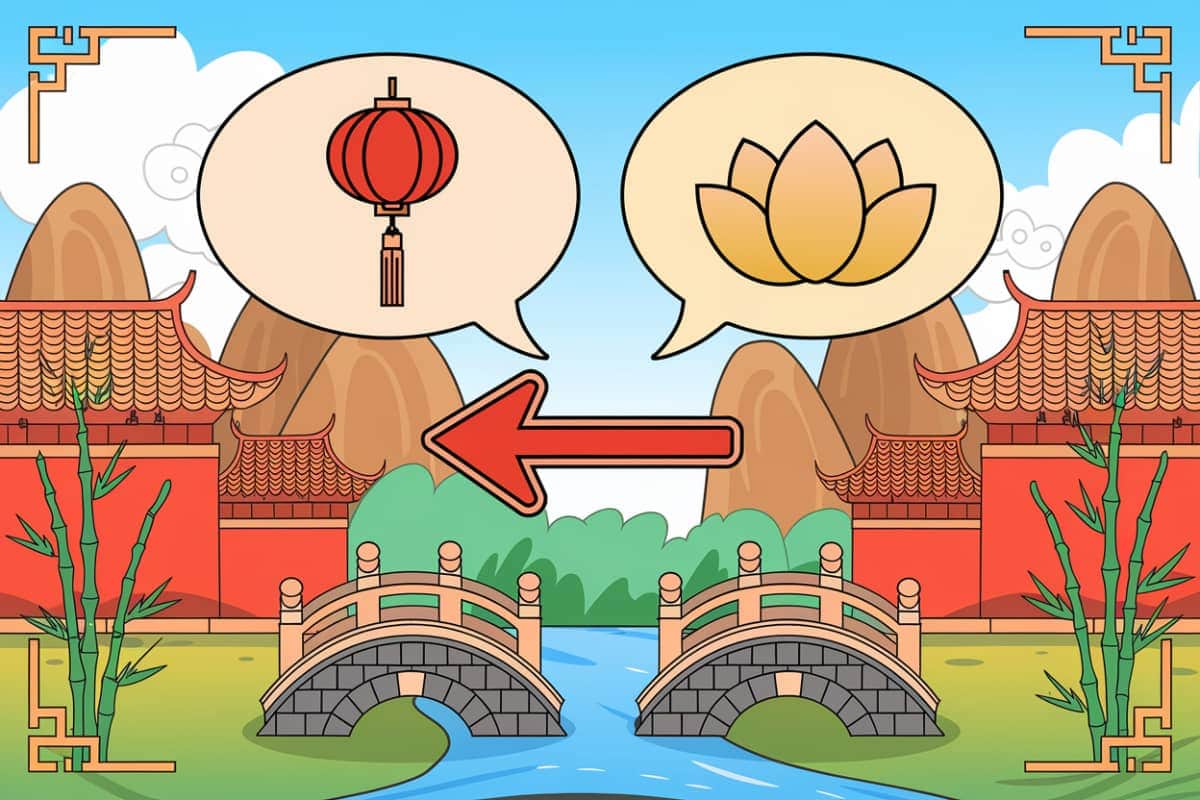Chinese Dialect Translator to Convert Regional Languages
Translate between Mandarin Chinese and regional dialects like Cantonese, Hokkien, Shanghainese, and Hakka with our Free online tool.
How Our Free Online Chinese Dialect Translator Works
Our free Chinese dialect translation tool processes your text using advanced language models to convert between Standard Mandarin (普通话) and major regional dialects including Cantonese, Hokkien, Shanghainese, and Hakka.
While Chinese dialects have distinct pronunciation systems and tones, our tool focuses on written representations using Chinese characters, helping speakers communicate effectively across regional variations.
💡 Pro Tip: For best results, input complete sentences rather than single words to help the tool understand context and capture authentic regional expressions.
Understanding Chinese Regional Text Differences

Chinese dialects represent distinct language varieties that developed over millennia in different regions. While sharing the same writing system, each dialect has its own vocabulary, grammar patterns, and unique characters that reflect local language traditions. This online tool helps users convert their text between these distinct regional variants.
Key dialect differences our tool recognizes:
- Regional vocabulary and colloquial expressions that may use different characters
- Distinct grammatical structures and word orders specific to each dialect
- Unique particles and measure words
- Characteristic sentence-final particles that convey tone and meaning
- Regional-specific characters that may not appear in standard Mandarin
⚠️ Note: While our tool provides written translations between dialects, it cannot represent the complex tonal systems and pronunciation differences that characterize spoken Chinese varieties.
Regions and Characteristics of Chinese Dialects
Mandarin (普通话)
Official language of China and Taiwan.
Key features: Four tones, standardized grammar, simplified characters in mainland China, traditional characters in Taiwan.
Common phrases: “你好” (hello), “谢谢” (thank you), “再见” (goodbye).
Cantonese (粤语)
Spoken in: Hong Kong, Guangdong province, overseas Chinese communities
Key features: Nine tones, unique vocabulary, extensive use of final particles like 啊, 喎, 咩.
Distinctive vocabulary: “食饭” (eat, vs Mandarin 吃饭), “睇” (look, vs Mandarin 看), “嘅” (possessive particle).
Hokkien (闽南语)
Spoken in: Fujian province, Taiwan (as Taiwanese), Southeast Asia
Key features: Complex tone system, preservation of ancient Chinese features, unique character variants.
Notable phrases: “多谢” (thank you), “伊” (he/she, vs Mandarin 他/她), “咧” (progressive marker).
Shanghainese (上海话)
Spoken in: Shanghai and surrounding areas
Key features: Five tones, distinctive word order, unique grammatical particles.
Characteristic expressions: “侬好” (hello), “阿拉” (we), “伐” (question particle).
Hakka (客家话)
Spoken in: Scattered communities across southern China and overseas
Key features: Six tones, conservative phonology, distinctive vocabulary.
Common phrases: “仰般” (how), “还好” (okay), “该” (should).
Comparison Example:
- Mandarin: “我想去买东西”
- Cantonese: “我想去买嘢”
- Hokkien: “我欲去买物件”
- Shanghainese: “侬要去买物事”
- Hakka: “𠊎想去买东西”
Regional Usage Tips:
- Mandarin: Essential for official communication, education, and business across China
- Cantonese: Dominant in Hong Kong media, film industry, and Guangdong province
- Hokkien: Important for business in Taiwan and Southeast Asian Chinese communities
- Shanghainese: Key for local business and social interactions in the greater Shanghai region
- Hakka: Significant for connecting with Hakka communities worldwide
Writing System Notes:
- Our tool supports both simplified and traditional characters
- Some dialects may use unique characters not found in standard sets
- Regional expressions may have multiple valid character representations
- When necessary, we provide the most commonly accepted written form for dialectal expressions
